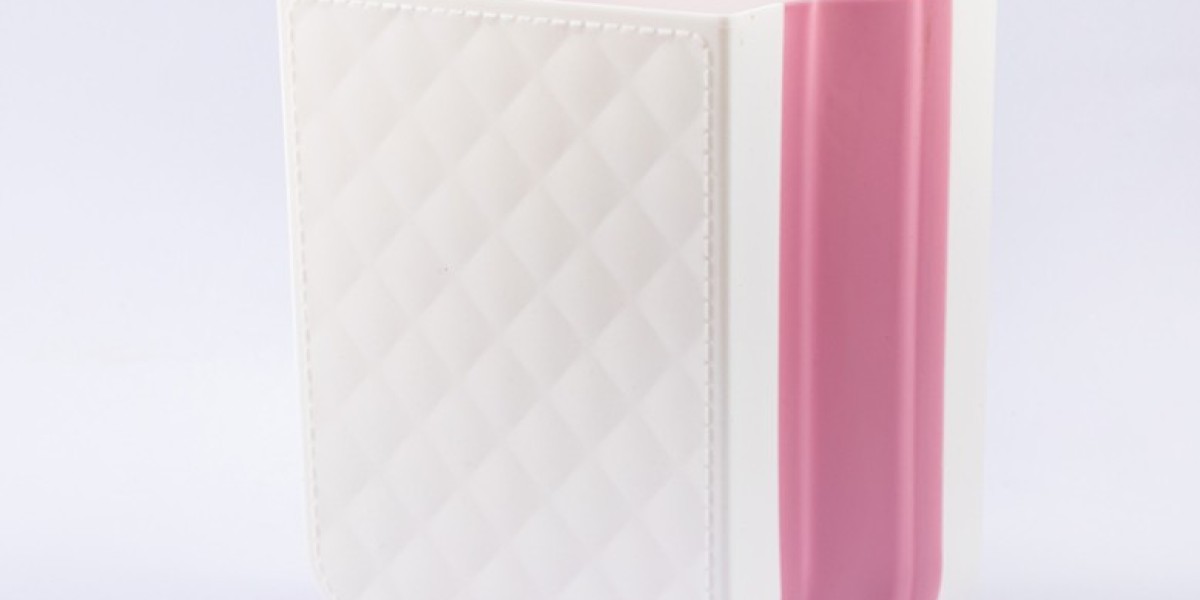Analyzing Drainage Efficiency Through Structural Design
One of the most critical factors in determining the practicality of any kitchen drainage tool is the effectiveness of its hole design. For items like the Folding Plastic Drain Basket, which are commonly used to rinse and strain vegetables, fruits, pasta, or dishes, the positioning, shape, and size of drainage holes can significantly influence water flow, drying time, and cleanliness. If the drainage holes are poorly arranged, too small, too large, or inconsistently spaced, users may encounter problems such as water pooling at the base, incomplete drainage, or even food debris getting stuck in the openings. These issues not only affect functionality but can also lead to secondary problems like bacterial growth and unpleasant odors due to standing moisture.
Hole Placement and Water Flow Dynamics
The ideal drainage hole pattern should allow water to escape rapidly and evenly from the entire surface of the basket. Many well-designed products feature a gradient or angled base with holes distributed along the lowest points, guiding water naturally toward the exit. However, not all Folding Plastic Drain Baskets follow this principle. In some designs, the holes are placed too high up on the walls, leaving a shallow pool of water to collect at the bottom. This results in slower drying and may require the user to tilt or shake the basket to remove excess liquid. In models where the fold lines intersect with the drain holes, water flow can be further obstructed if the seams warp or do not align perfectly, especially after prolonged use.
Hole Size and Practicality in Daily Use
The size of the drainage holes must strike a delicate balance between allowing fast water escape and preventing small items from slipping through. If the holes are too large, ingredients like rice, chopped herbs, or small pasta pieces may fall out during rinsing. On the other hand, if the holes are too fine, they may clog more easily with food debris and restrict water flow. In daily kitchen routines, this detail becomes especially important when the basket is used for multitasking, such as soaking, draining, and serving. A well-executed design typically features mid-sized holes arranged in a consistent grid, optimizing both drainage speed and material retention without sacrificing ease of cleaning.
Impact on Cleaning and Maintenance
Drainage hole design also directly impacts how easy the basket is to clean. Baskets with sharply cut or uneven holes can trap dirt or food particles, especially if the plastic around the edges starts to wear. Some manufacturers address this by adding a slight bevel or rounded edge around each hole, which prevents buildup and makes rinsing more effective. Additionally, baskets with fewer but strategically placed holes are often easier to keep clean than those with overly intricate hole patterns, which can trap gunk in hard-to-reach corners. The more accessible and streamlined the drainage layout, the more hygienic the basket will remain with regular use.
User Experience and Real-World Feedback
Feedback from everyday users often highlights drainage performance as a top feature—or flaw—of a Folding Plastic Drain Basket. Consumers frequently note whether water drains quickly without requiring manual tilting, whether food items remain secure inside during rinsing, and whether cleaning the holes is a simple process. Baskets that fail to meet these expectations can quickly become frustrating to use, regardless of how compact or attractive they may be. On the other hand, a well-draining design not only improves user satisfaction but also extends the product’s life, as less water retention means less exposure to warping, mold, or unpleasant smells.
Conclusion: Functionality Begins With Smart Drainage Design
In conclusion, the drainage hole design in a Folding Plastic Drain Basket plays a foundational role in its overall effectiveness. A thoughtful, well-executed pattern that considers water flow, hygiene, and usability can greatly enhance the kitchen experience. Conversely, flawed hole placement or sizing may reduce the product’s practicality and even create maintenance challenges over time. As such, consumers are encouraged to assess this seemingly minor feature carefully before making a purchase, recognizing that strong design begins with efficient function at its core.
Name: Folding trash can
Mould material: S136
Mould base: P20 steel
Cavity NO: 1+1
Product material: PP+TPR
Runner: Hot/cold
Mould life: 1 million~3 million shots
Delivery time: 35~50days








